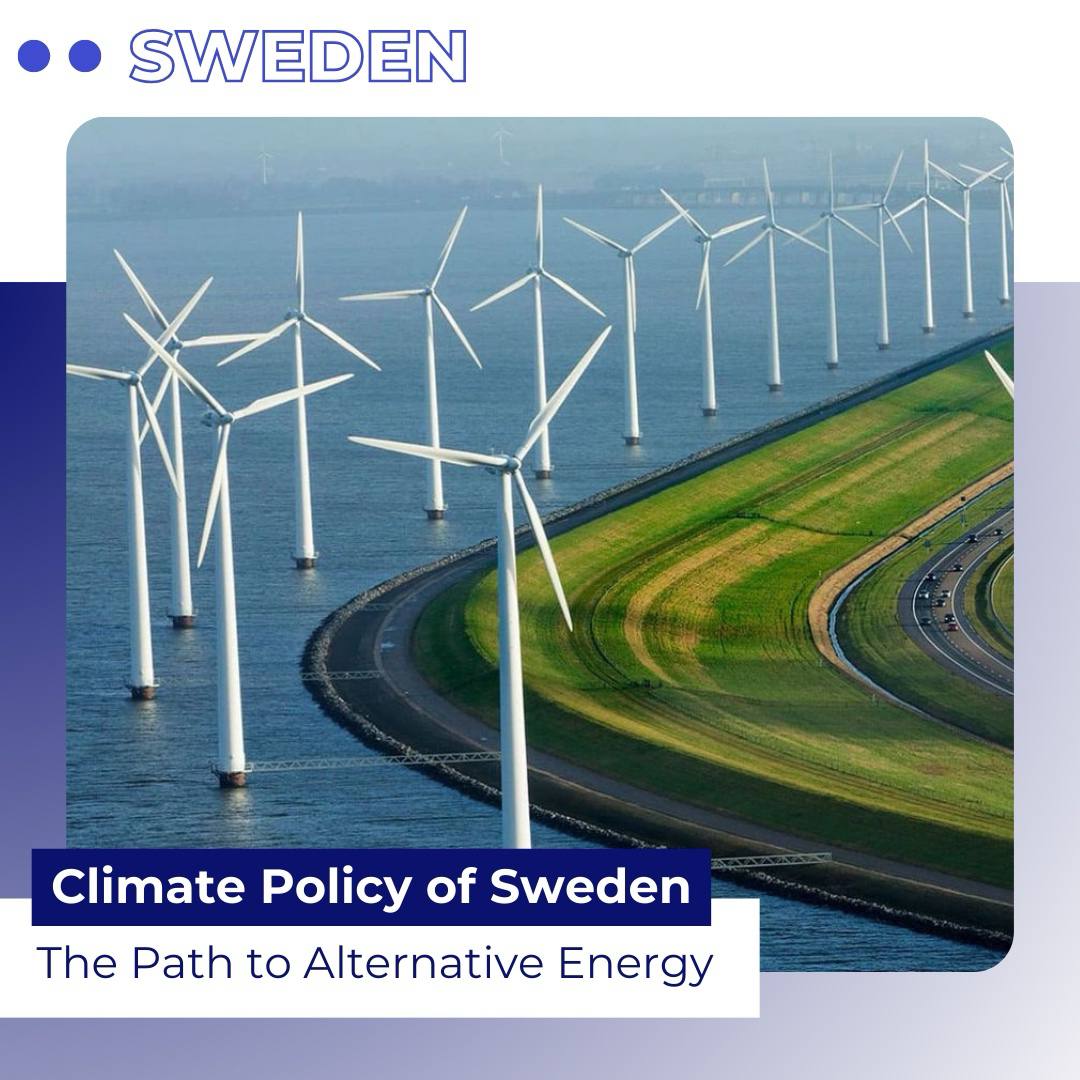Climate Policy of Sweden: The Path to Alternative Energy
In 1990, greenhouse gas emissions in Sweden were five times lower than the European average. Since then, the country has reduced its carbon emissions by an additional 80%, while its economy has doubled in size during the same period. Sweden has proven to the world that it is possible to reduce climate impact without sacrificing economic prosperity.
What is the secret of Sweden's success?
1. Early Abandonment of Fossil Fuels and Investments in Renewable Energy Sources (RES)
In the 1970s, Sweden took its first step toward energy efficiency by building its first nuclear power plant. Subsequently, the country actively invested in RES and leveraged its natural advantages: strong winds, an extensive coastline, and numerous lakes. Today, over 70% of Sweden's electricity comes from renewable sources. In December last year, wind farms became the primary source of electricity in Sweden.
2. Investments in District Heating
Instead of relying on individual heaters in each home, Sweden focused on large centralized heating systems that serve entire neighborhoods via underground pipelines. This solution required significant investments, but the government supported the initiative.
3. Improving Building Standards
In the 1970s, new standards were introduced to improve energy efficiency: triple-glazed windows, thicker walls, and roofs helped retain heat in buildings.
4. Clean Energy Sources
In the 1990s, Sweden invested in biofuels and waste incineration, and today 97% of its heating comes from these sources. Additionally, over the past 20 years, heat pumps have become extremely popular, and now more than half of residential buildings are equipped with them.
5. Incentives for Transitioning to Green Energy
Sweden has set a goal to achieve net-zero emissions by 2045 and has introduced a high carbon tax. This has encouraged businesses to not only invest in alternative energy sources but also implement innovative technologies in industry, which has driven economic growth.
Sweden has demonstrated that consistent climate policy and stable investments can make a country both energy-efficient and environmentally friendly.
